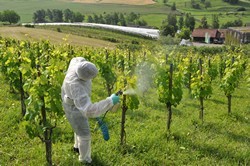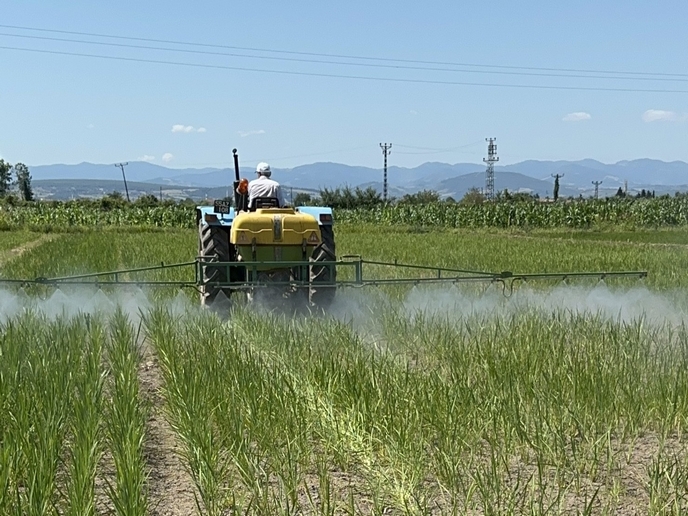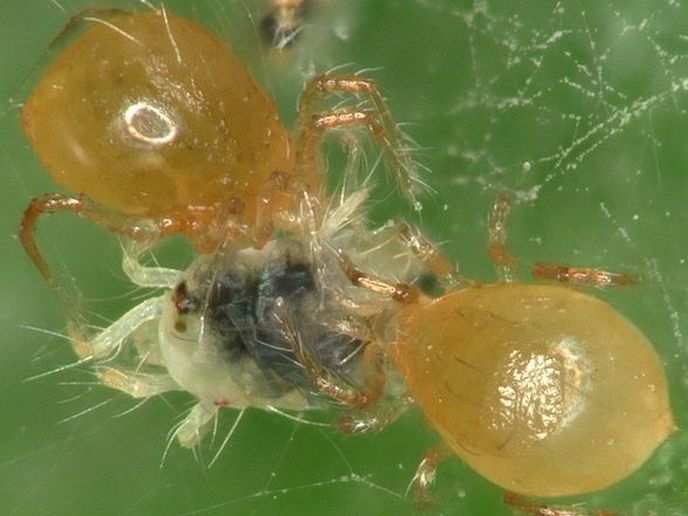Plant protection from tree extract
The PROLARIX(opens in new window) (Botanical plant protection agent from Larix by-products) project was established to turn research into the use of bioextracts from forest by-products into a viable business model for European small businesses in forestry and the agricultural sector. The aim of the initiative was to facilitate the commercial exploitation of extracts from the Larch tree (Larix) as a plant protection product (PPP). Constituents of Larix by-products, known as Larixyne, were shown to have potential as a fungicide by the Seventh Framework Programme (FP7) project FORESTSPECS. Larixyne is highly effective against major agricultural diseases, with low environmental impact. It also has considerable potential for generating added value in the forest industry and European production of smart crop protection technologies. Bringing potential PPPs to market requires considerable investment in the form of registration and market development. For these reasons, it is vital to provide the necessary information in order to predict the size of the investment and the time needed for registration of a novel PPP under EU legislation. Researchers therefore identified an economically and technically feasible formulation of the Larix extract, resulting in a final product that could be brought to market. Three species of Larix were identified; L. decidua, L. gmelinii and L. kaempferi and raw material for Larixyne extraction were shown to be available at the commercial scale. Upscaling of extraction was explored and further optimised in in a pilot extraction plant. The result was the development of two formulations of Larixyne for field use. Both formulations excelled with regard to shelf life, with no loss of activity after 24 months of storage, and handling. The Larix extract was tested under a wide range of conditions on grapevines to obtain an understanding of its potential and limitations under real-world conditions. Its use on organic grapevines also provided information on ease of use and compatibility with good farming practice in grapevine crop protection. Moreover, by evaluating the effect of the Larix extract on additional target crops, researchers were able to identify additional market opportunities in the form of different crops and diseases. The information gained through PROLARIX will thus form the basis of a roadmap for registration and the introduction of Larix extract onto the market.







